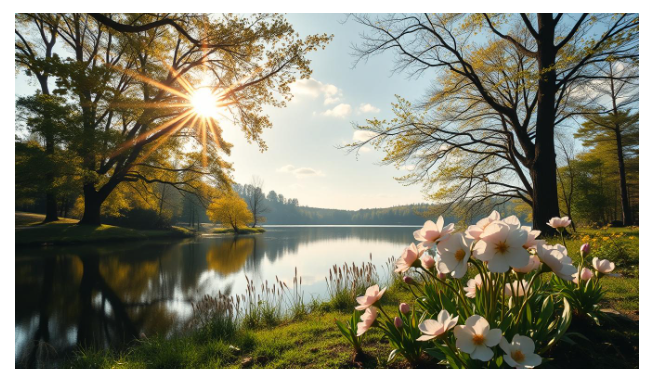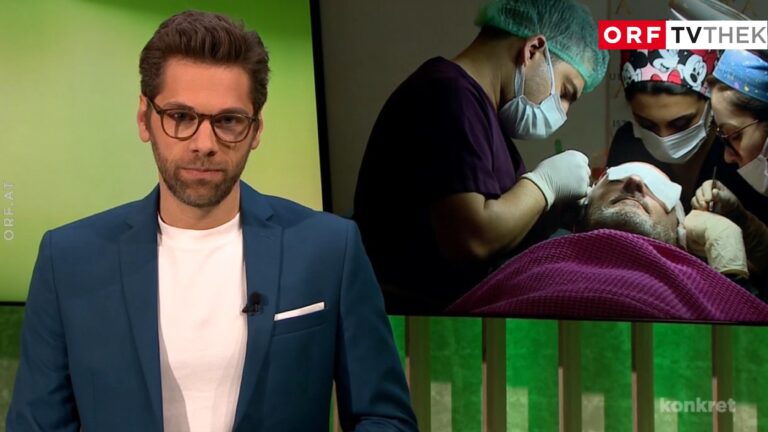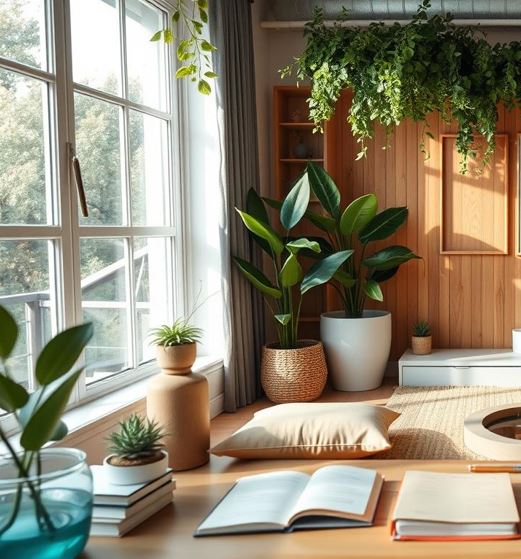Innovative Iron Products for Roofs: Enhancing Aesthetic and Functionality
This article explores the latest advancements in iron products for roofing, highlighting their dual role in enhancing both aesthetic appeal and functional performance. By examining innovative designs and technologies, it delves into how modern iron roofing solutions offer durability, energy efficiency, and architectural versatility. The discussion includes case studies and expert insights, demonstrating how these products meet contemporary demands for sustainable and visually striking roofing options, ultimately transforming the landscape of architectural design.
Introduction to Innovative Iron Products for Roofs
Overview of Iron as a Roofing Material
Iron has long been recognized for its strength and durability, making it a popular choice in various construction applications, including roofing. As a roofing material, iron offers several advantages that contribute to both the aesthetic appeal and functional performance of a building. Its inherent strength allows it to withstand harsh weather conditions, providing a robust barrier against elements such as wind, rain, and snow. Iron roofing is also known for its longevity, often lasting several decades with minimal maintenance, which makes it a cost-effective solution over time.
The versatility of iron as a roofing material is another significant benefit. It can be shaped and treated in various ways to achieve different textures and finishes, allowing architects and builders to create unique and visually appealing designs. This adaptability makes iron an excellent choice for both traditional and contemporary architectural styles. Furthermore, iron roofing can be coated with protective layers to enhance its resistance to corrosion and rust, ensuring that it maintains its structural integrity and appearance over the years.
Historical Context and Evolution of Iron Roofing
The use of iron in roofing dates back several centuries, with its origins rooted in the industrial advancements of the 18th and 19th centuries. During this period, the development of new manufacturing techniques, such as the Bessemer process, made iron more accessible and affordable, leading to its widespread adoption in construction. Early iron roofs were often made from wrought iron, which was prized for its malleability and strength.
As technology progressed, the introduction of steel, an alloy of iron, revolutionized the roofing industry. Steel offered even greater strength and resistance to corrosion, making it an ideal material for roofing applications. The evolution of iron roofing continued with the development of galvanized and coated steel products, which provided enhanced durability and a wider range of aesthetic options.
In recent years, the focus on sustainability and energy efficiency has driven further innovation in iron roofing products. Modern iron roofs are often designed to be environmentally friendly, incorporating features such as reflective coatings to reduce heat absorption and improve energy efficiency. These advancements have not only improved the functionality of iron roofing but have also expanded its aesthetic possibilities, allowing for the creation of roofs that are both beautiful and sustainable.
Aesthetic Enhancements through Iron Roofing
Design Versatility and Customization
Iron roofing offers unparalleled design versatility, allowing homeowners and architects to tailor roofing solutions to meet specific aesthetic preferences. The malleability of iron enables it to be shaped into various forms and patterns, accommodating both traditional and contemporary architectural designs. This flexibility means that iron roofing can be customized to complement the unique character of any building, whether it’s a historic restoration or a modern construction. The ability to incorporate intricate designs, such as embossed patterns or unique textures, further enhances the visual appeal of iron roofs, making them a preferred choice for those seeking a distinctive look.
Color and Finish Options
Iron roofing is available in a wide array of color and finish options, providing homeowners with the opportunity to match or contrast their roof with the rest of their property. Advanced coating technologies have expanded the palette of colors available, ranging from classic metallic shades to vibrant hues that can make a bold statement. Finishes can vary from matte to glossy, each offering a different aesthetic effect. These options not only enhance the visual appeal but also contribute to the roof’s durability and resistance to environmental factors. The choice of color and finish can significantly impact the overall look of a building, allowing for a personalized touch that reflects the owner’s style.
Architectural Styles and Trends
Iron roofing is adaptable to a wide range of architectural styles, making it a versatile choice for various building designs. From the sleek lines of modern architecture to the ornate details of Victorian homes, iron roofing can be tailored to fit seamlessly into any style. Current trends in architecture often emphasize sustainability and minimalism, and iron roofing aligns with these trends by offering eco-friendly options and clean, simple lines. The resurgence of industrial and rustic styles has also seen a rise in the popularity of iron roofing, as it complements these aesthetics with its raw, robust appearance. As architectural trends continue to evolve, iron roofing remains a timeless option that can be adapted to meet the changing tastes and preferences of homeowners and designers alike.
Functional Benefits of Iron Roofing
Durability and Longevity
Iron roofing is renowned for its exceptional durability and longevity, making it a preferred choice for many homeowners and builders. The inherent strength of iron allows it to withstand significant physical stress, including impacts from debris and heavy loads. This robustness ensures that iron roofs can last for decades, often outliving other roofing materials. The longevity of iron roofing is further enhanced by its resistance to common issues such as rot, insect infestation, and warping, which can plague other materials like wood. With proper maintenance, iron roofs can maintain their structural integrity and appearance for 50 years or more, providing a long-term roofing solution that minimizes the need for frequent replacements or repairs.
Weather Resistance and Insulation Properties
Iron roofing offers superior weather resistance, making it an ideal choice for regions with extreme weather conditions. Its ability to withstand high winds, heavy rain, and even hail ensures that the roof remains intact and functional during adverse weather events. Iron roofs are often coated with protective layers that enhance their resistance to corrosion and rust, further extending their lifespan in harsh climates. In terms of insulation, iron roofing can be paired with modern insulation materials to improve energy efficiency. This combination helps maintain a stable indoor temperature, reducing the need for excessive heating or cooling and contributing to lower energy bills. The reflective properties of certain iron roofing finishes can also deflect sunlight, reducing heat absorption and keeping the building cooler during hot weather.
Environmental and Economic Advantages
Iron roofing presents several environmental and economic benefits that make it an attractive option for sustainable building practices. Iron is a recyclable material, and many iron roofs are made from recycled content, reducing the demand for new raw materials and minimizing environmental impact. At the end of its life cycle, an iron roof can be fully recycled, contributing to a circular economy and reducing landfill waste. Economically, the durability and low maintenance requirements of iron roofing translate to cost savings over time. Homeowners and businesses can benefit from reduced repair and replacement costs, as well as potential savings on energy bills due to improved insulation properties. The long lifespan of iron roofs also adds value to properties, making them a wise investment for those looking to enhance their building’s longevity and efficiency.
Case Studies and Future Trends
Successful Implementations of Iron Roofing
Historical Landmarks and Modern Architecture
Iron roofing has been successfully implemented in both historical landmarks and modern architectural projects. For instance, the restoration of the iconic Eiffel Tower in Paris involved the use of iron roofing to maintain its historical integrity while enhancing its durability. Similarly, the Sydney Opera House has incorporated iron roofing elements to blend aesthetic appeal with structural resilience. These projects demonstrate the versatility of iron roofing in preserving historical aesthetics while meeting contemporary standards.
Residential and Commercial Applications
In residential settings, iron roofing has been embraced for its longevity and low maintenance requirements. A notable case is the use of corrugated iron roofing in Australian homes, which has proven effective in withstanding harsh weather conditions. In commercial applications, the use of iron roofing in warehouses and industrial buildings has been successful due to its strength and cost-effectiveness. The adaptability of iron roofing to various architectural styles and its ability to support sustainable building practices have made it a preferred choice in diverse settings.
Emerging Technologies and Innovations
Advanced Coating Techniques
Emerging technologies in iron roofing focus on enhancing durability and energy efficiency. Advanced coating techniques, such as ceramic and polymer coatings, are being developed to improve the thermal performance and corrosion resistance of iron roofs. These coatings not only extend the lifespan of the roofing material but also contribute to energy savings by reflecting solar radiation.
Integration with Renewable Energy Systems
Innovations in iron roofing also include the integration of renewable energy systems. Photovoltaic panels are being seamlessly incorporated into iron roofs, transforming them into energy-generating surfaces. This integration supports the growing demand for sustainable building solutions and reduces the carbon footprint of buildings.
Smart Roofing Solutions
The advent of smart roofing solutions is another significant innovation in the iron roofing industry. Sensors embedded in iron roofs can monitor structural integrity, detect leaks, and provide real-time data on weather conditions. These smart systems enhance the functionality of iron roofs, offering property owners greater control and peace of mind.
Predictions for the Future of Iron Roofing Products
Increased Adoption of Sustainable Practices
The future of iron roofing products is likely to be shaped by an increased focus on sustainability. As environmental concerns continue to rise, the demand for eco-friendly roofing solutions will drive the development of iron roofing products that are recyclable and have a lower environmental impact. Manufacturers are expected to prioritize the use of recycled materials and develop processes that minimize waste.
Technological Advancements and Customization
Technological advancements will continue to play a crucial role in the evolution of iron roofing. The development of customizable iron roofing solutions, tailored to meet specific aesthetic and functional requirements, is anticipated. This trend will be supported by advancements in 3D printing and digital design tools, enabling architects and builders to create unique and innovative roofing designs.
Enhanced Performance and Durability
Future iron roofing products are expected to offer enhanced performance and durability. Research and development efforts will focus on creating iron alloys with superior strength and resistance to environmental factors. These advancements will ensure that iron roofing remains a viable and attractive option for both residential and commercial applications, meeting the evolving needs of the construction industry.





